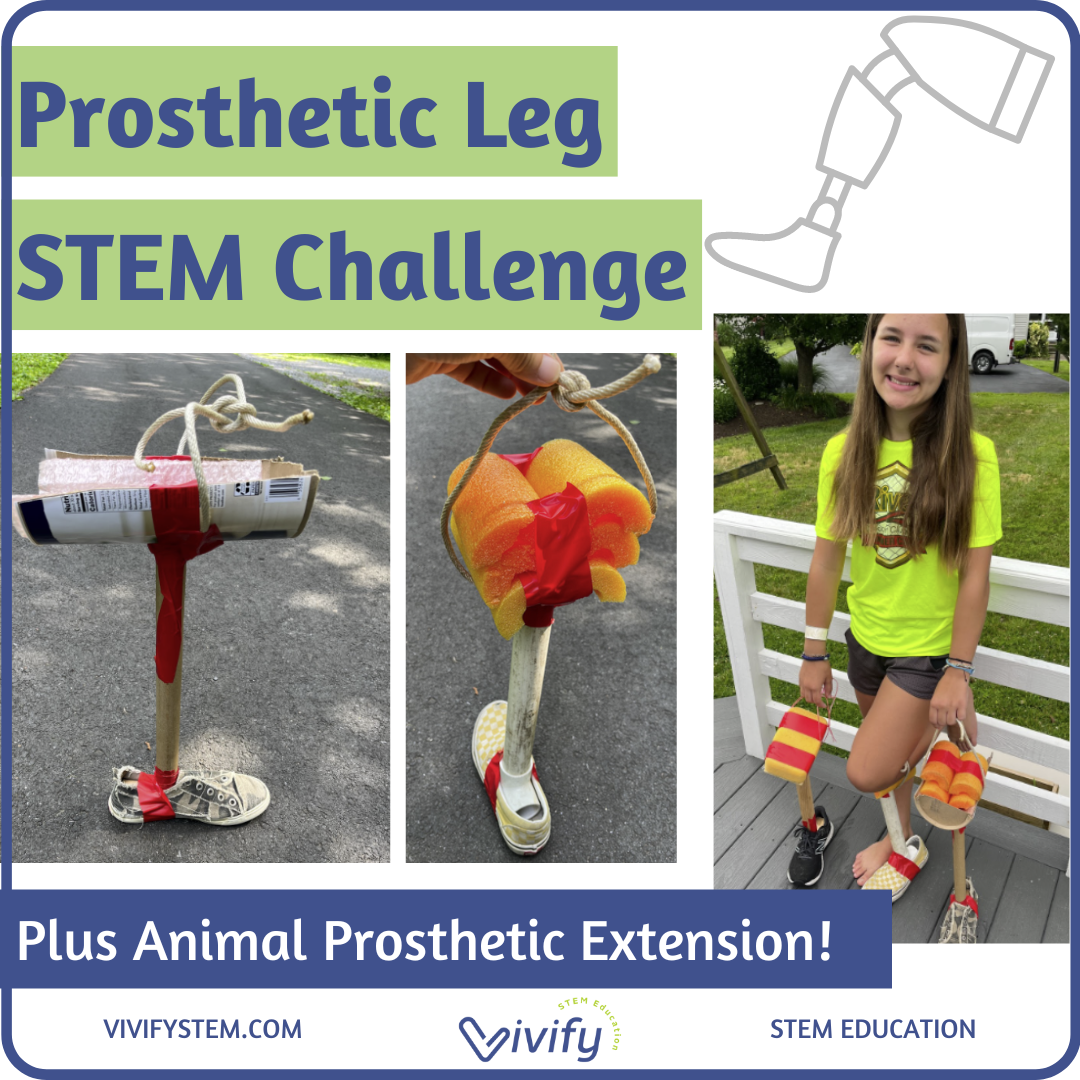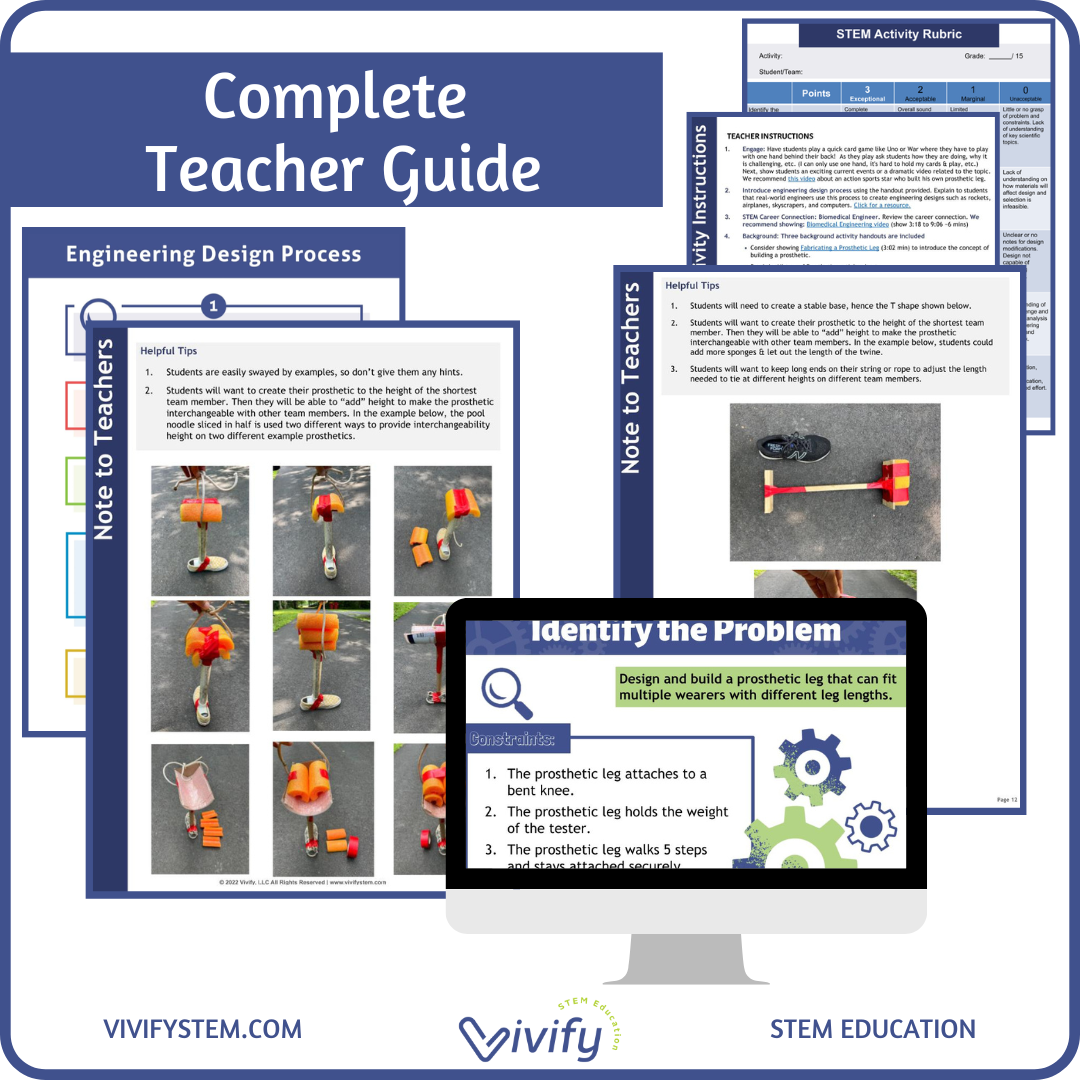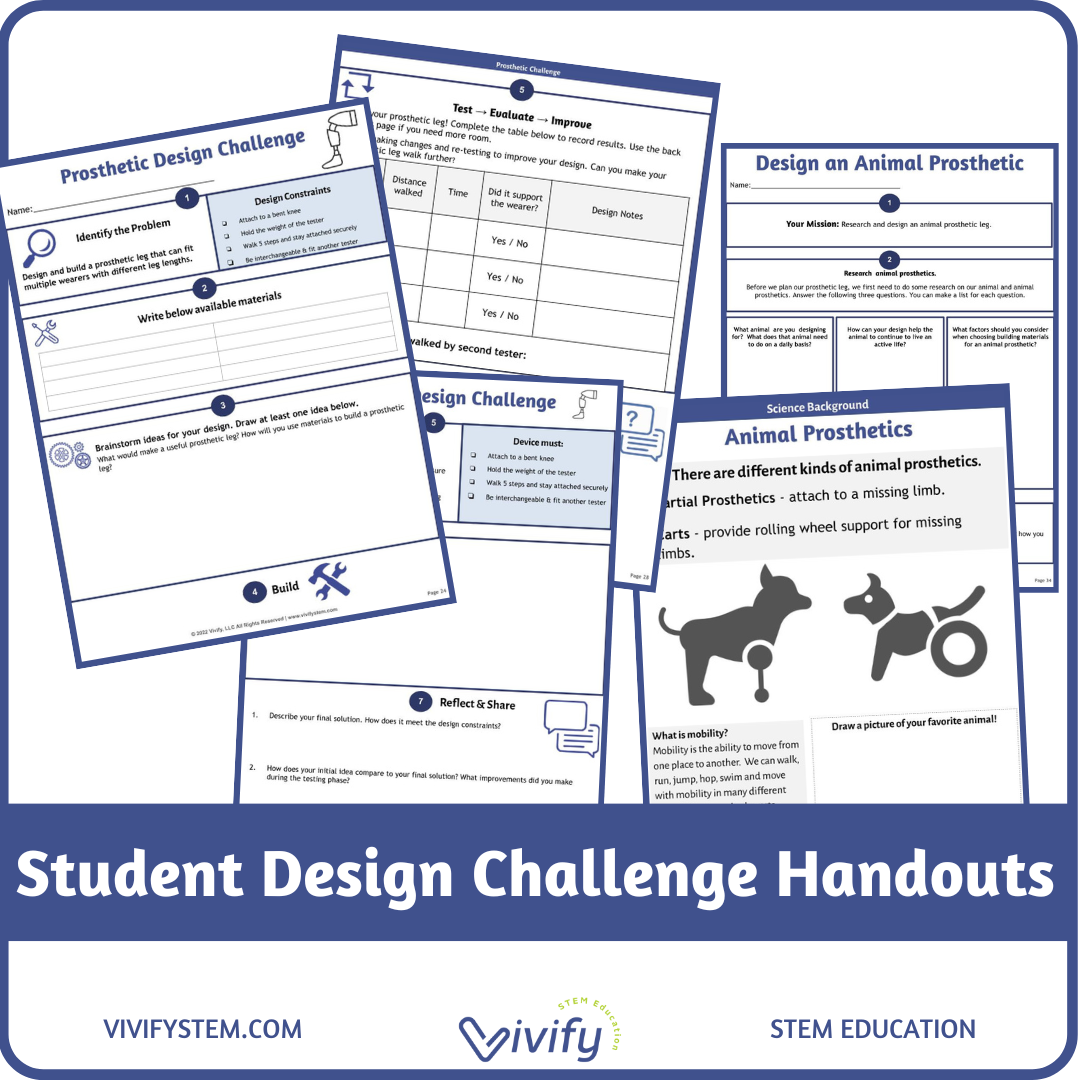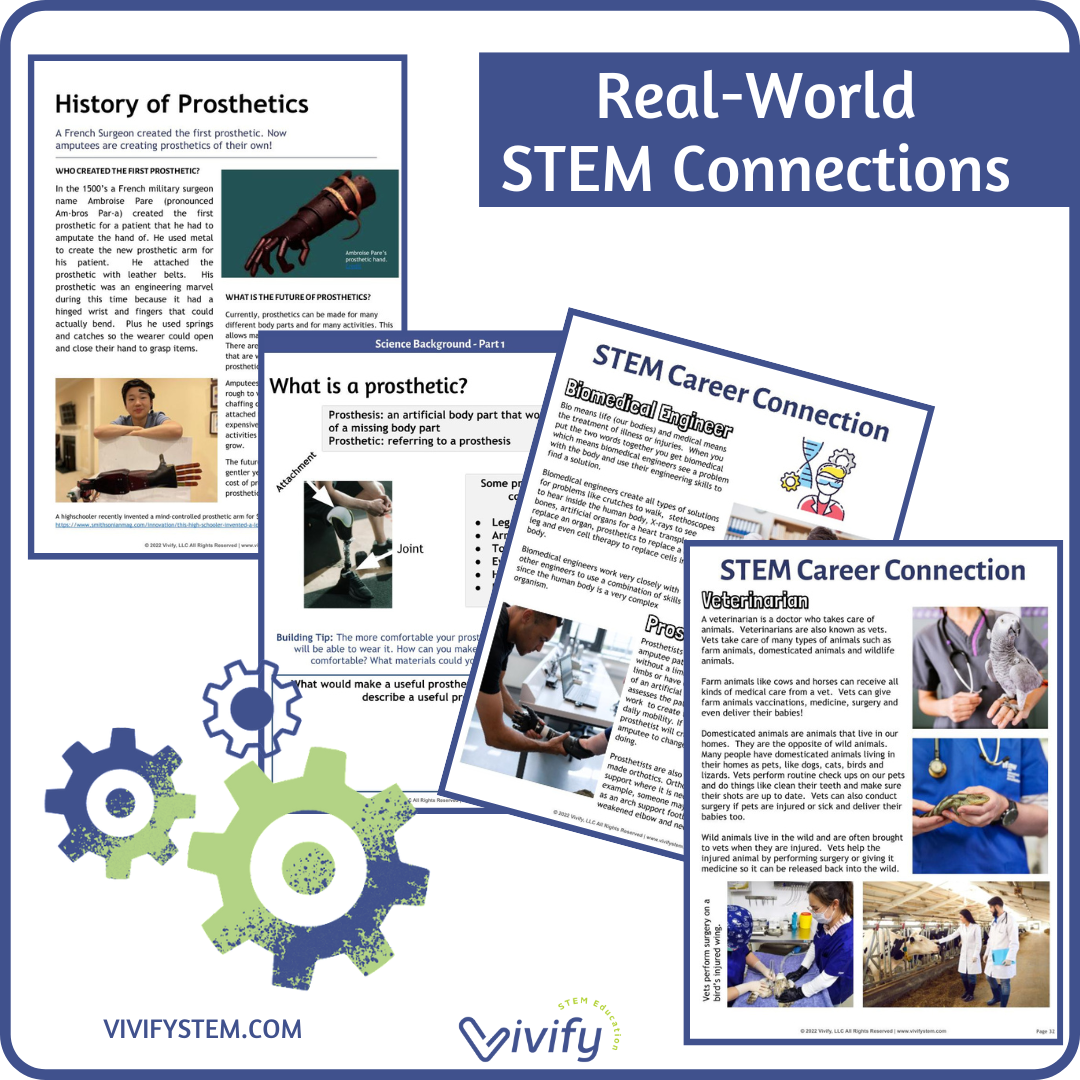Biomimicry 5E Science Unit + STEM Design Lab (Nature-Inspired Design!)
Students will complete a hands-on velcro observation to look, smell, touch, and hear the attributes of velcro. Building from this experience, students will explore key biomimicry concepts through readings, videos, and discussions including a WebQuest activity and biomimicry matching game.
Grade Levels: 4th - 9th; Homeschool
Duration: 1 week
Students will complete a hands-on velcro observation to look, smell, touch, and hear the attributes of velcro. Building from this experience, students will explore key biomimicry concepts through readings, videos, and discussions including a WebQuest activity and biomimicry matching game.
Grade Levels: 4th - 9th; Homeschool
Duration: 1 week
Students will complete a hands-on velcro observation to look, smell, touch, and hear the attributes of velcro. Building from this experience, students will explore key biomimicry concepts through readings, videos, and discussions including a WebQuest activity and biomimicry matching game.
Grade Levels: 4th - 9th; Homeschool
Duration: 1 week
“My students really enjoyed diving into the different aspects of Biomimicry. We were able to make a lot of connections with the world around us, and the materials were super accessible and easy to use.”
lesson overview
Biomimicry 5E STEM Unit:
Engage students with real examples of biomimicry (engineering inspired by nature) and deepened their understanding with a 5E science unit + design lab!
Students will complete a hands-on velcro observation to look, smell, touch, and hear the attributes of velcro. Building from this experience, students will explore key biomimicry concepts through readings, videos, and discussions including a WebQuest activity and biomimicry matching game. Students will then apply concepts of biomimicry to a STEM design lab. The lab includes surveying classmates on desired animal traits, identifying a problem, and designing a device that mimics nature. Finally, teams design a biomimicry device inspired by animals based on constraint criteria and customer demand and create an advertisement.
Key Science Concepts:
Nature is good at solving problems.
Scientists and engineers look to nature for solutions. We find traits in nature and imitate those traits to solve problems. When scientists and engineers imitate nature to solve a problem, it is called biomimicry.
Compare and contrast observations
Understand that biomimicry engineers are helping to create more sustainable solutions to our modern day problems.
Real World Connections:
Overview of biomimicry
Biomimicry Engineer
Examples: Velcro and burrs, Sunflowers and shower heads, Bullet train
Complete 5E Science Unit:
Engage: Where do we use velcro?
Explore: Velcro observation lab
Explain: Connect Velcro Observations to Biomimicry + Webquest
Elaborate: Deepen Understanding with Biomimicry STEM Lab
Evaluate: Assess Student Learning with Reflections + Exit Ticket
5-90 minute Lesson Sequence
Session 1: Velcro brainstorm + Velcro Observations
Session 2: Connecting Velcro to Science Concept
Session 3: Biomimicry WebQuest + STEM Career Connection
Session 4 & 5: Biomimicry STEM lab + Discussion
Recommended Materials:
2-inch pieces of velcro (1 piece per student)
Magnifying Lens (1 per student)
Scissors, glue, crayons (1 set per group)
Poster Board
**********************************************************************************
Looking for more STEM lessons? Click here for the Vivify resource guide!

























